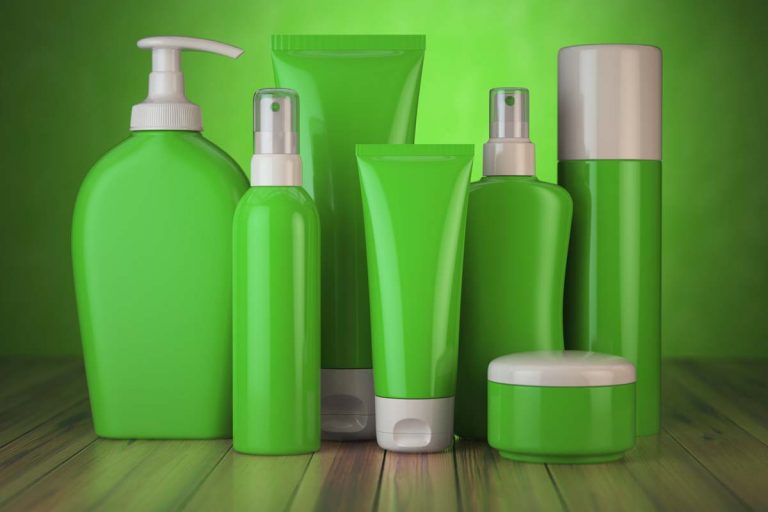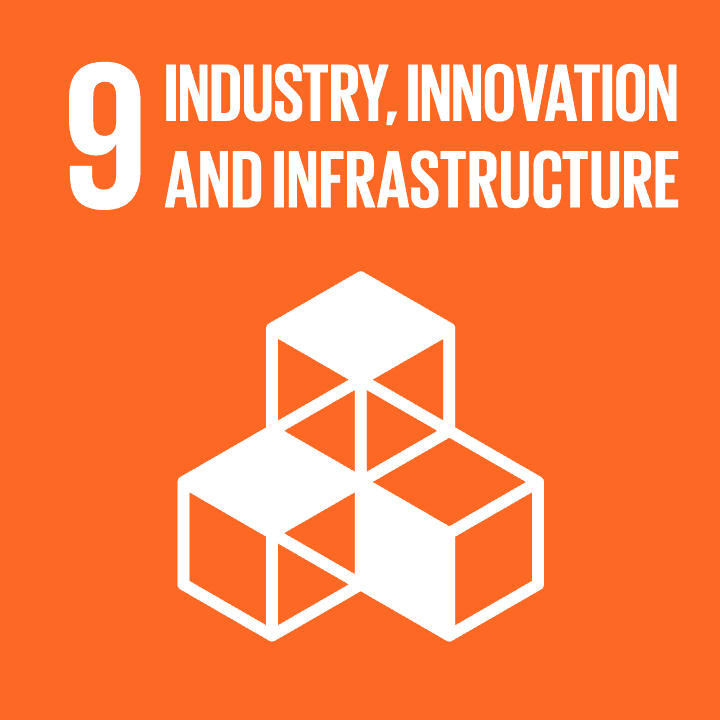Resources
Easy Pressure Test
Intermediate
 Photo: © iStock Bet_Noire
Photo: © iStock Bet_Noire - Resource Type
- Experiment
- Subjects
- Chemistry Engineering Physics
- Topics
- Energy Engineering Process Scientific Inquiry
- Time for activity
- 60–90 minutes
This project allows to explore some interesting topics in physics and engineering.
It’s a great opportunity to learn which shape is the most pressure-resistant.
- Introduction
-
Different shapes of containers resist air or water pressure at different levels. This activity will explain why water bottles, gas or water tanks are usually in a cylindric shape. This activity will let the students build the prototype of containers. They will also test them with pressure to see the pressure resistance in a real setting.
This project allows to explore some interesting topics in physics and engineering. It’s a great opportunity to learn which shape is the most pressure-resistant.
- Key Objectives
-
- Designing and conducting the experiment for a pressure test of containers in different shapes.
- Explaining the shape characteristics of containers that can resist the highest pressure and of those that cannot resist the highest pressure.
- Guiding Questions
-
- Why do gas or water containers mostly come in cylindric shapes?
- Which type of container shape can resist the highest pressure?
- Which are the shape characteristics of containers that can resist the highest pressure?
- Which are the shape characteristics of containers that don’t resist high pressure?

/rating_on.png)
/rating_half.png)
/rating_off.png) (9 )
(9 )



